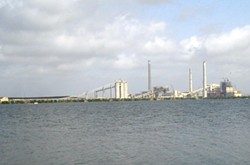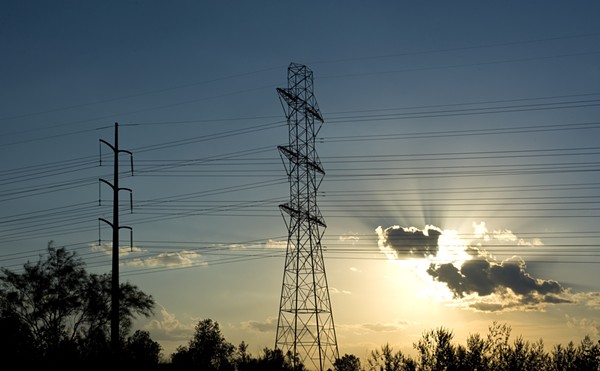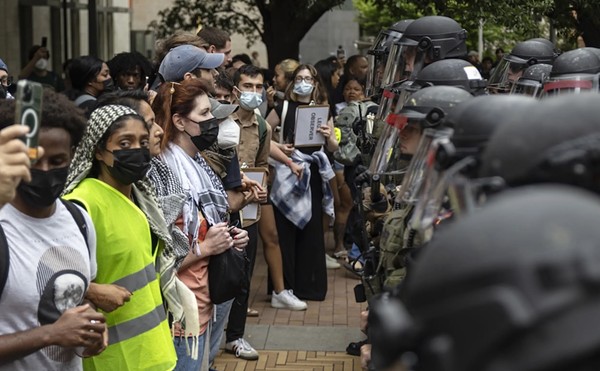After 20 years, four presidents, and a last-minute lobbying tsunami of opposition by the power industry, the Environmental Protection Agency has finally released rules limiting emissions of mercury and other toxic pollutants from coal-fired power plants.
The facilities have until 2016 to reduce emissions to levels of the cleanest 12 percent of power plants, according to EPA’s Mercury and Air Toxics Standards (MATS) rule. EPA says utilities will have to spend about $10 billion to comply, but the benefits will be up to $90 billion in avoided health costs and 11,000 fewer premature deaths. “It is important to know that we estimate health benefits to outnumber costs about 9-to-1,” Region 6 EPA Administrator Al Almendariz told the Current.
That’s great news for the unborn and environmentalists, but many in the coal-fired power industry are crying foul. The Associated Press published a survey of utility companies estimating that compliance would force closure of more than 32 power plants across the country. Almendariz said less than 1 percent of the nation’s power plants will have to retire as a result of the rule. San Antonio’s CPS Energy says it can meet the standards of the mercury rule, and its executives don’t necessarily have a problem closing the dirtiest and oldest coal plant. That’ wasn’t always the case, however. “We are prepared for this. We have already done a number of environmental upgrades,” said CPS spokeswoman Christine Patmon. “Some units will need additional upgrades, but we already got the planning underway.” CPS Energy CEO Doyle Beneby said last summer that the utility intended to retire the J.T. Deely coal-fired power plant by 2018. Beneby and his team at the city-owned utility have figured that mothballing the Calaveras Lake-based plant makes more sense than installing scrubber retrofits, at a cost of about $550 million, to meet environmental promises CPS made years ago in exchange for new coal plants. Patmon said this week that CPS is still on target to retire Deely, which includes two units that account for up to 880 megawatts. It is expected to be the state’s first coal-fired power plant to retire. CPS will still have to install activated carbon injection (ACI) systems to reduce mercury emissions at “Dirty Deely” between 2016 and 2018. ACI will cost about $4 million per unit, Patmon said. The carbon systems will also be installed on CPS’ Spruce 1 and 2 coal units, bringing the total cost to at least $16 million to comply with the mercury rule. Mercury, known to cause brain damage, is especially harmful to infants and young children. President George H.W. Bush mandated mercury regulations with passage of the Clean Air Act Amendments of 1990. Although enforcement stalled, about half of the state’s 19 coal-fired power plants – the dirtiest in the nation – installed equipment to lower emissions of mercury, arsenic, and other pollutants. The other half will be playing the proverbial grasshoppers in the fable as they scramble to meet the deadline. Before release of the rule, the Electric Reliability Council of Texas (ERCOT) and other grid operators called for an extension option to avoid rolling blackouts in the event plants can’t meet deadlines. The final rule does include such a provision. ERCOT spokeswoman Dottie Roark said her organization intends “to work with EPA to ensure that the process can be effectively used to address any reliability challenges.” Still, the power industry’s political supporters insist the EPA is bad for the Texas economy. “Unfortunately, the EPA has once again chosen to put environmental activism over economic common sense,” Rep. Joe Barton told Texas on the Potomac. San Antonio leaders, however, have said the regulations present an economic development opportunity to invest in clean energy technology. In place of Deely, which has about 30 years of life expectancy, CPS plans to add 400 megawatts of solar power, 200 megawatts of “clean coal” electricity, smart meters expected to provide 250 megawatts of savings, and additional wind power. — Robert Crowe



















